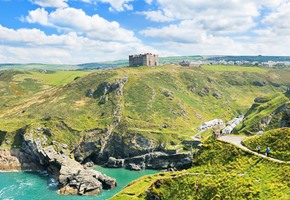
Seven Ideas for a Sustainable Holiday by Rail
09/07/2021 · By Sukie Chapman
Plan a sustainable holiday by rail with Great Rail Journeys. Explore our blog for six eco-friendly travel ideas to inspire your next amazing trip.
Read moreFormed thousands of years ago by the activity of the Pivka River, the Postojna Caves known today cover a network totalling more than 12 miles (19 kilometres) - which makes it the largest karst rock cave in Europe. The caves were discovered in the late 18th century and were never mined, so they could quickly be opened to the public. The first visitors came in 1819.
One of the elements that make caves so attractive to visitors is the formations (including stalagmites and stalactites) resulting from deposits of calcium carbonate. Another reason for the caves' early success was because they were the first to use a number of features. For example, it was lit with electricity in 1884 - preceding even Ljubljana, Slovenia's capital. Railway lines were laid in some of the caves in 1872, at a time when many working mines did not use rail traction. The labyrinth of caves can still be entered on the small electric railway, which takes you into the heart of the caves, allowing you to explore the larger caverns on foot.
Find out more with a free brochure and enjoy weekly travel inspiration and offers in our e-newsletter.

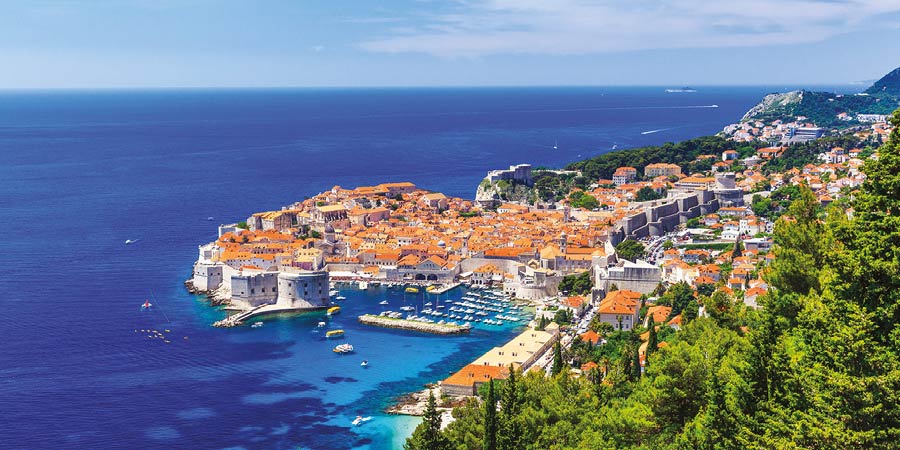
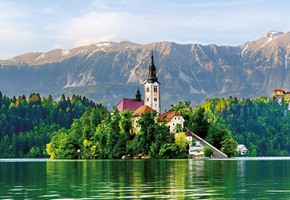
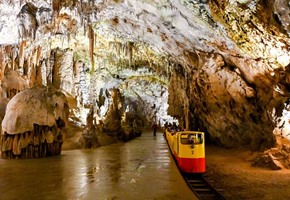

 (62 reviews)
(62 reviews)Marvel at stunning natural wonders and idyllic towns during a fantastic holiday to the three former Yugoslavian countries of Slovenia, Croatia and Montenegro. Unwind beside gorgeous Lake Bled, uncover Slovenia's pretty capital of Ljubljana and take a charming rail trip into the otherworldly Postojna Caves. Explore Croatia's historic capital,...




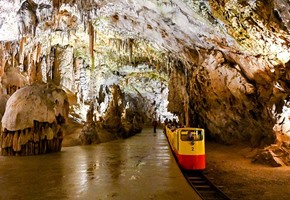
Embark on an unforgettable odyssey aboard the Golden Eagle Danube Express, a journey that promises to immerse you in the rich tapestry of legendary cities. Departing from the iconic city of Paris, our voyage will carry us through the heart of Europe to the enchanting metropolis of Istanbul. Indulge in expertly curated excursions that unveil the...
